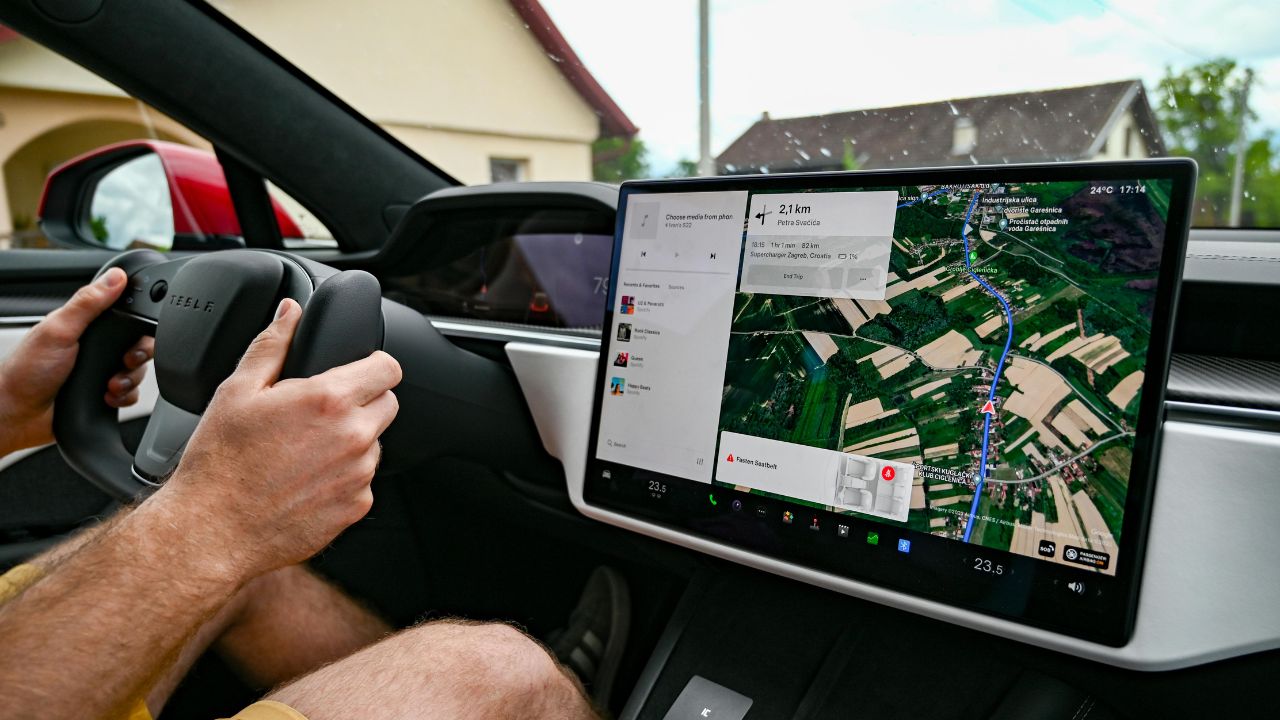As the automotive industry evolves, subscription-based features in vehicles are becoming increasingly common. This model offers consumers access to advanced technology and services, but it also raises questions about cost and ownership. We’ll explore the pros and cons of subscription-based automobile features to help you decide if they’re a good fit for you.
The Rise of Subscription-Based Features in Cars

The trend of subscription-based features in automobiles began as manufacturers searched for ways to enhance revenue streams and maintain consumer engagement. Initially, this model gained traction with the rise of connected car technologies that allowed software updates and feature enhancements over the air. Tesla, for example, has been at the forefront, offering software-based features like Autopilot and Full Self-Driving capabilities as subscription services. This approach provides a continuous revenue stream and the flexibility to upgrade cars without physical alterations.
Today, subscription-based features extend beyond software updates to include luxury and convenience features such as heated seats, advanced driver-assistance systems, and infotainment services. BMW, for instance, has introduced subscriptions for Apple CarPlay and other software-driven features. Mercedes-Benz and Audi are also notable players in this space, offering various subscription packages that allow drivers to customize their vehicles with features like enhanced navigation and traffic services.
Advantages of Subscription-Based Automobile Features

One of the main advantages of subscription-based automobile features is cost-effectiveness. For consumers who may not want to pay the full price for certain premium features, subscriptions offer a more affordable alternative. Instead of paying thousands of dollars upfront for an advanced navigation system, drivers can opt for a monthly or annual fee. This model is particularly appealing for those who prefer to pay for features only when they need them, such as during long road trips or in specific driving conditions.
Flexibility and customization are also major benefits of subscription-based models. Drivers can tailor their vehicles to their unique needs and preferences, turning features on and off as desired. This not only enhances the driving experience but also ensures that consumers are only paying for what they use. Moreover, subscription models allow drivers to access the latest technology and features without the need to purchase a new vehicle. Regular software updates can introduce new functionalities and improvements, keeping the car current with technological advancements.
Potential Drawbacks of Subscription Models

Despite their advantages, subscription-based automobile features come with potential drawbacks. One of the most significant concerns is the accumulation of costs over time. While individual subscriptions may seem affordable, multiple subscriptions can quickly add up, leading to a higher overall expense than anticipated. This can be particularly burdensome for budget-conscious drivers who might find themselves paying for several features they rarely use.
Another issue is the implications for ownership. With the subscription model, drivers do not own the features outright, creating a dependency on manufacturers. This can lead to frustration if a manufacturer decides to discontinue a service or significantly increase the subscription price. Additionally, there are privacy and data security concerns. Subscription-based features often rely on data collection to function, raising questions about how personal information is handled and protected by automakers. Consumers need to be vigilant about understanding the data policies of the services they subscribe to.
Consumer Perspectives and Reactions

Consumer reactions to subscription-based automobile features are mixed. Surveys indicate that while some drivers appreciate the flexibility and access to new technology, others are wary of the long-term costs and privacy implications. A recent study by JD Power showed a generational split, with younger drivers more open to subscriptions compared to older generations who prefer traditional ownership models.
Case studies highlight this divide. Some drivers have fully embraced subscriptions, finding value in being able to try features before committing to them. For instance, a driver using BMW’s subscription service for heated seats during the winter months reported satisfaction with the model’s convenience and cost-effectiveness. On the other hand, some drivers have rejected the subscription model, expressing concerns about ongoing costs and reliance on manufacturers. These drivers often cite a preference for owning features outright and avoiding the complexity of managing multiple subscriptions.
Future of Subscription-Based Features in the Automotive Industry

Looking ahead, the future of subscription-based features in the automotive industry appears robust, but it is poised for evolution. As technology continues to advance, we can expect more sophisticated features becoming available through subscriptions. Automakers are likely to expand their offerings, providing even more options for drivers to customize their vehicles. However, this growth may also lead to increased scrutiny from regulators concerned about consumer rights and data privacy.
Potential regulatory changes could significantly impact the industry, with lawmakers considering rules to ensure transparency in pricing and data handling. The European Union, for example, is already exploring regulations around digital services, which could extend to automotive subscriptions. Meanwhile, competition and innovation will play crucial roles in shaping the future landscape. As more automakers enter the subscription market, we can anticipate a push for better services, competitive pricing, and enhanced customer experiences.
In summary, subscription-based automobile features offer a mixed bag of benefits and challenges. They present a modern approach to accessing automotive technology, catering to the evolving preferences of today’s drivers. However, consumers must weigh the potential cost implications and privacy concerns before fully committing to this model. As the industry continues to evolve, staying informed and proactive will be key for consumers navigating this new automotive frontier.
Like Fast Lane Only’s content? Be sure to follow us.
Here’s more from us:
*Created with AI assistance and editor review.







Leave a Reply